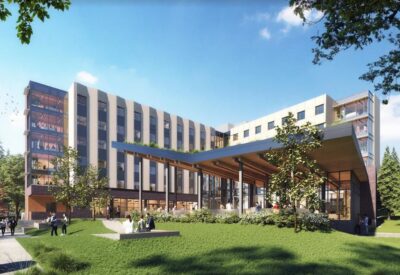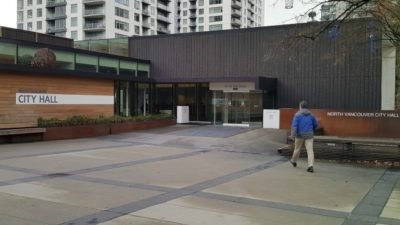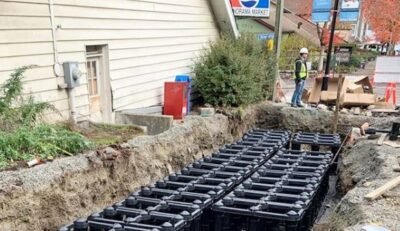Home. It’s a little word with deep meaning and enormous significance at a time when housing and homelessness are top of mind for so many—especially for young people.
When I arrived at Capilano University in 2016, a survey by the Capilano Student’s Union identified an urgent need and desire for on-campus housing. Even then CapU students were facing the twin barriers of high rents and long commutes—and things have only gotten worse. That fall, one of our film students made a documentary that followed three students in their search to find affordable housing: one was living in a car; one in a shed; and one in a rented furnace room.
Those early experiences with students marked me deeply and I now count them among the most important I’ve ever had.
Building a community of support
At CapU, our strategic vision commits us to graduating students who are healthier and happier than when they arrived.
We know from research that living among a supportive community of student peers is critically important to good mental health and a successful post-secondary experience.
The positive impact of being part of a stable network and building lifetime friendships is substantial. Predictably, when social and financial stress goes down, academic performance goes up.
Bringing student housing on campus
In 2017 we leaned into the problem. CapU signed a five-year lease with Darwin Properties to secure use of North Vancouver’s Innovation District on Dollarton Highway as affordable, off-campus student accommodation while strategizing a longer-term on-campus solution.
I am delighted to say that last month we realized the dream, announcing that CapU will complete construction on its first on-campus student housing in fall 2024, with student occupancy expected to begin in January 2025. The $58.2 million 362-bed mass timber six-storey residence will includes a 250-seat dining hall along with a kitchen on each floor, student study space, lounge areas, laundry facilities, an Indigenous-focused reflection space, and secure bike storage.
At our housing announcement, Ishita Sharda, an international student who serves as a residence advisor at CapU’s current off-campus housing site, shared from her experience about how student housing positively impacts students’ quality of life and mental health:
“The new on-campus housing will really help put students’ minds at ease. It will definitely reduce travel costs—we have students who travel for up to two hours to get to campus everyday! And it will give students the ability to return to their rooms between hectic class and job schedules. Most importantly, it will help students to make the meaningful bonds like the ones I’ve witnessed over the last year.”
Governments and post-secondary working together
It’s a pivotal revitalization and a good news story for sure—but we didn’t get here by ourselves.
Support from our municipal and provincial partners was crucial. The new CapU student housing project is part of Homes for BC, a 10-year housing plan from the Province that calls for 8,000 new student beds to be built on campuses throughout B.C. by 2028.

It’s taken two years of detailed, complex work and an extraordinary commitment at all levels. It’s an excellent example of how governments and post-secondary can work together, and we look forward to doing more of it. We must continue to advocate for—and deliver—diverse and affordable housing options to ensure vibrant communities and a robust economy.
Paul Dangerfield is President, Capilano University.











I’m really glad to see they’re moving forward with affordable on-campus housing for cap u. I lived in the current off-campus residence in 2018 and it was incredibly miserable. Everything about it didn’t work and was unaffordable. The dining hall closed at 7:30 making it inaccessible for students of a number of programs. I went into debt having to buy take out for a month because there was no fridge or kitchen facilities and I never got home before 8pm because of course required work while I was paying for a meal plan I couldn’t access OR opt out of.